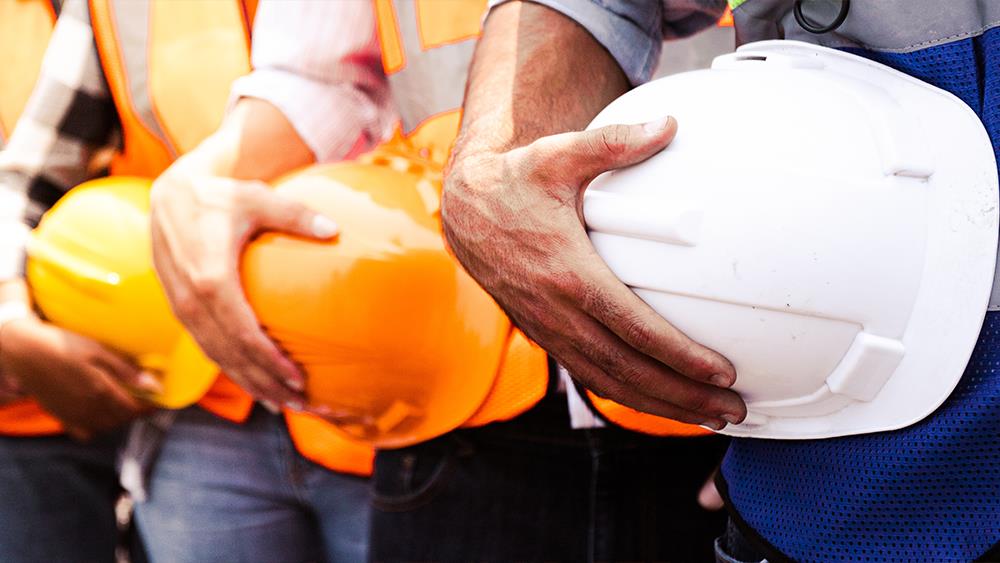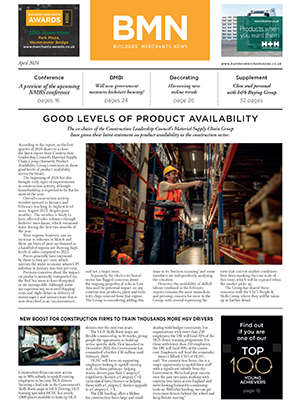In this blog post I am going to discuss the role technical tapes have in the construction industry, and will take a deeper look at how high performance tapes are offering many industry professionals a solid alternative to more traditional fastening methods.
Technical tapes and construction
It goes without saying that technical tapes have been used throughout the construction industry for many years. However, as technology continues to move at a fast pace, so does the innovations within the tapes and adhesive market.
With the need for quicker, more efficient and cost effective working practices forever on the increase, the demand for improved product capabilities and product offering grows with it.
Technical tapes are suitable for a growing number of applications throughout the construction industry, including:
- The bonding of door panels
- The mounting of glass elements
- Work on trims and profiles
- Windows - technical tapes can be used for constructive window glazing, as well as mounting window trims. Modern window design has never been easier
- Building design
- Interiors.
Technical tapes achieve no nonsense, long-term bonding no matter what the application. In the past, Castle Tapes Holdings has supplied technical tapes to be used for bonding of partition walls, fixing flooring, applying wall cladding, mirror and signage mounting…and much, much more.
Why are they such a great alternative to traditional fastening?
It has been proven that certain high performance tapes can achieve a strong, permanent and reliable bond to a range of substrates including metals, woods, plastics and laminate/composite materials.
With traditional fastening methods, such as welding, screws, bolts, rivets etc. there are often weak spots due to stresses not being distributed evenly. Tapes help eliminate this problem, with even distribution of any stresses across the full bond. Using mechanical fixings often means measuring, drilling, post fit refinishing work, whereas when using tapes, it can be as simple as wiping surfaces cleanly with an appropriate surface preparation solution and applying tape and then bringing the materials together that are being bonded.
This being said, when traditional methods of fastening fail, failure is usually quick and sudden. The first sign of failure is often a clean break. This, in turn, adds to your amount of wasted resources and materials. In comparison, technical tapes can accommodate stress and movement thus giving an improved bond strength compared to traditional fixing methods.
When joining substrates together visible marks and damage are a big issue with certain fastening methods. Marks and damage are not a problem when using tapes.
Tapes can often be removed without surface damage. With other fastening methods, mistakes can be costly as they are often hard to put right and material /time wastage can be high.
Finally, when considering the above as well as other contributing factors, technical tapes offer improved efficiencies, productivity and significant cost savings.
Adrian Askey, group technical manager, Castle Tapes Holdings.









